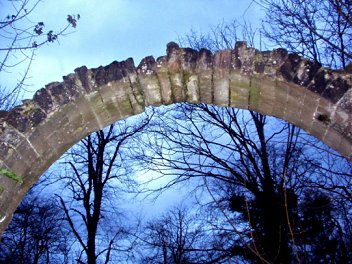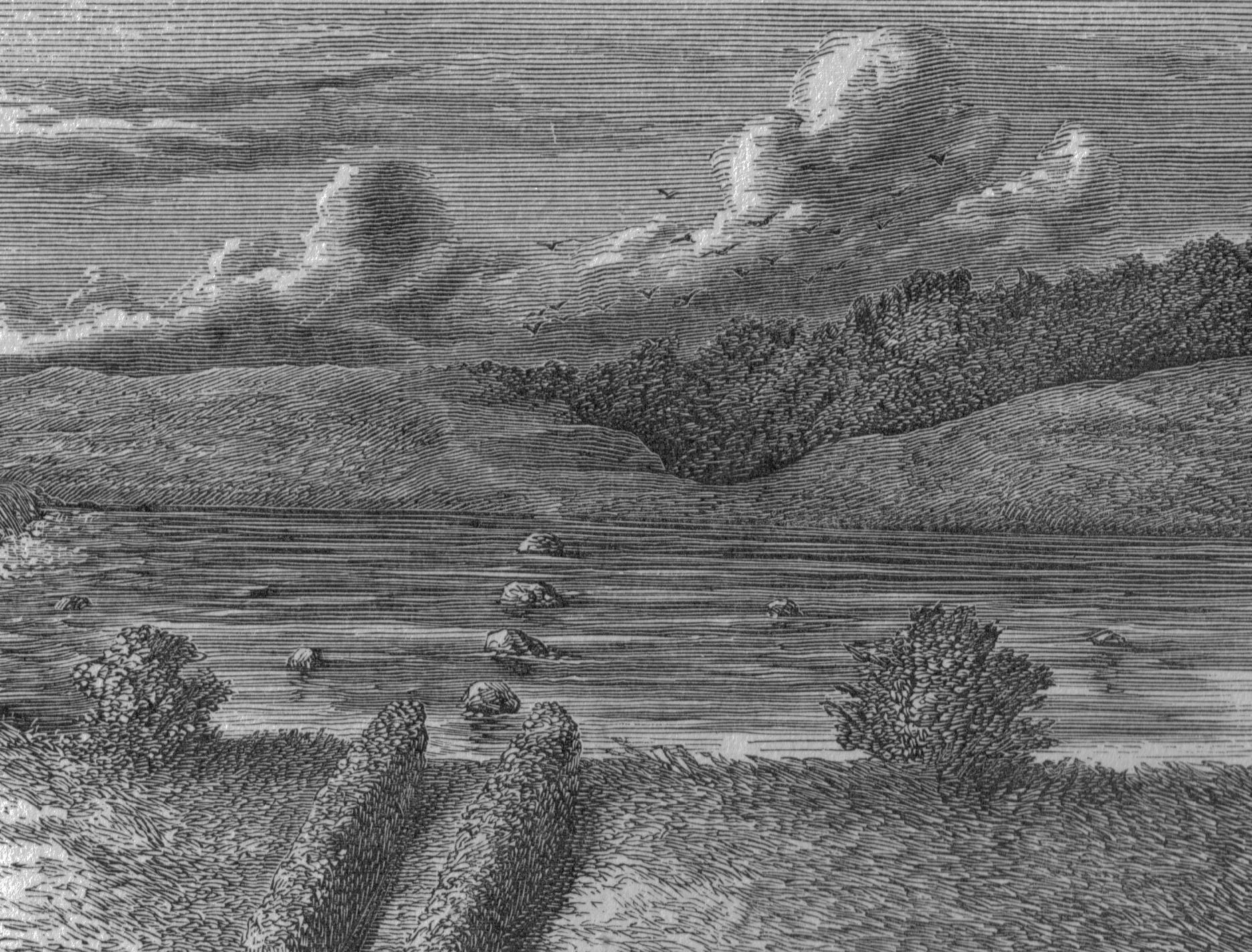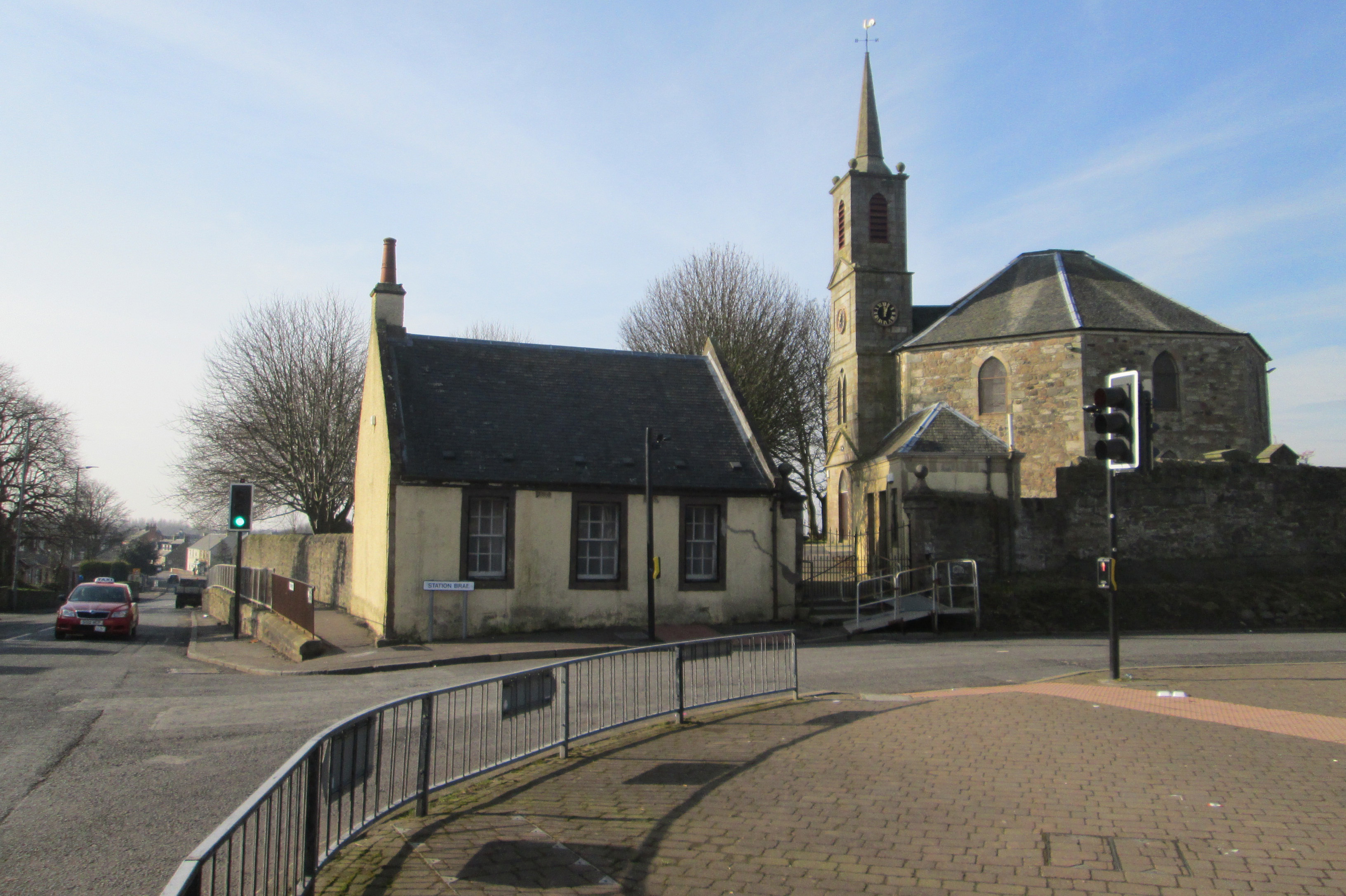|
Girdle Toll
Girdle Toll is an area of Irvine, North Ayrshire. Geography Girdle Toll is located east of the Stanecastle Roundabout located next to the Stanecastle Keep. This area of Irvine is from Prestwick Airport and from Glasgow. Nearby is Eglinton Country Park. The central part of Girdle Toll is located off of the Lochilbo Road and Girdle Toll; it previously formed part of the A736 route to Glasgow. The A736 now bypasses the area just to the west. Schools * Annick Primary * Lawthorn Primary and Nursery * Stanecastle Nursery and School for special needs children * First Steps Nursery Annick Primary School and Stanecastle School are within the same grounds as each other, they are merely 100m apart from each other. The children from Annick Primary School occasionally visit Stanecastle School from time to do activities with the special needs children. Annick Primary and Stanecastle are situated in the fields between Bensley Rise and Burns Crescent. The schools were built in 1979. Lawtho ... [...More Info...] [...Related Items...] OR: [Wikipedia] [Google] [Baidu] |
Central Ayrshire (UK Parliament Constituency)
Central Ayrshire is a constituency of the British House of Commons, located in the south-west of Scotland within the North Ayrshire and South Ayrshire council areas. It elects one Member of Parliament (MP) at least once every five years using the first-past-the-post system of voting. Boundaries As created in 1950, the constituency merged parts of the Bute and Northern Ayrshire and Kilmarnock constituencies. Following the Representation of the People Act 1948, the Central Ayrshire constituency between 1950 and 1955 consisted of Irvine, Kilwinning, Stewarton, Troon, Kilbirnie and part of the district of Kilmarnock. When abolished in 1983, the constituency was largely replaced by Cunninghame South, with Troon and its surrounding areas forming part of the Ayr constituency. The constituency was re-established in 2005, centred around the historic burgh of Irvine and stretching north to cover part of Kilwinning and south to cover the coastal resort towns of Prestwick, Troon a ... [...More Info...] [...Related Items...] OR: [Wikipedia] [Google] [Baidu] |
Trout
Trout are species of freshwater fish belonging to the genera '' Oncorhynchus'', ''Salmo'' and ''Salvelinus'', all of the subfamily Salmoninae of the family Salmonidae. The word ''trout'' is also used as part of the name of some non-salmonid fish such as ''Cynoscion nebulosus'', the spotted seatrout or speckled trout. Trout are closely related to salmon and char (or charr): species termed salmon and char occur in the same genera as do fish called trout (''Oncorhynchus'' – Pacific salmon and trout, ''Salmo'' – Atlantic salmon and various trout, ''Salvelinus'' – char and trout). Lake trout and most other trout live in freshwater lakes and rivers exclusively, while there are others, such as the steelhead, a form of the coastal rainbow trout, that can spend two or three years at sea before returning to fresh water to spawn (a habit more typical of salmon). Arctic char and brook trout are part of the char genus. Trout are an important food source for humans and wildlife, ... [...More Info...] [...Related Items...] OR: [Wikipedia] [Google] [Baidu] |
Eglinton Castle
Eglinton Castle was a large Gothic castellated mansion in Kilwinning, North Ayrshire, Scotland. History The castle The ancient seat of the Earls of Eglinton, it is located just south of the town of Kilwinning. The original Eglinton Castle was burnt by the Earl of Glencairn in 1528. The current castle was built between 1797 and 1802 in Gothic castellated style dominated by a central large round keep and four outer towers, it was second only to Culzean Castle in appearance and grandeur. The foundation stone of the new Eglinton Castle in Kilwinning was laid in 1797, the 12th Earl of Eglinton, was proud to have the ceremony performed by Alexander Hamilton of Grange, grandfather of the American Hero Alexander Hamilton. Eglinton was the most notable post-Adam Georgian castle in Ayrshire.Sanderson, Maragaret H. B. (1993), ''Robert Adam in Ayrshire''. Ayr Arch Nat Hist Soc. Monograph No. 11. p. 18. Amongst many items of interest, the castle contained a chair built from the oak ti ... [...More Info...] [...Related Items...] OR: [Wikipedia] [Google] [Baidu] |
Irvine New Town Trail
The Irvine New Town Trail is a recreational cycleway and footpath around Irvine, North Ayrshire, Scotland. The route is long. The trail is used by many dog walkers and cyclists in the area. The route forms a ring with no specific start and end points. Taken in a clockwise direction from the town's main Rivergate Centre, the trail runs beside the River Irvine through Irvine's Low Green, continues north beside the railway line past the Towns Moor and the Garnock Floods wildlife reserve, then goes along beside the River Garnock towards Kilwinning's Woodwynd and Blacklands area. At this point, it diverges from the Ayrshire Coastal Path, crossing the river along the route of the former Doura colliery branch line of the Ardrossan Railway before following the Lugton Water eastwards through Eglinton Country Park: a very popular area for recreational activities, with historical interest at Eglinton Castle. The trail rejoins the disused Ardrossan Railway line at Sourlie Wood nature reserv ... [...More Info...] [...Related Items...] OR: [Wikipedia] [Google] [Baidu] |
Bourtreehill House
Bourtreehill House (now destroyed) and the enclosed land on which it was built form the original estate of Bourtreehill. The wooded hill-top, a distinctive feature of the estate, is now a landmark that sits at the centre of modern North Bourtreehill in the district of North Ayrshire on the west coast of Scotland. Physical characteristics Only a mile from the town of Irvine, the remaining land surrounding Bourtreehill House is an overgrown woodland at the summit of a wide but relatively low hill. Medieval in origin and with an array of ruined structures, ancient trees, and overgrown avenues, the estate, which once housed associates of Robert Burns, William Wallace and Lord Byron, has a hidden and mysterious history. That it was once tended by a competent gardener is clear; well defined, though overgrown, garden features are still perfectly visible, many of which date back to the mid-18th century. Three antiquated, but currently unidentified, ruined buildings stand deep within t ... [...More Info...] [...Related Items...] OR: [Wikipedia] [Google] [Baidu] |
River Irvine
The River Irvine ( gd, Irbhinn) is a river that flows through southwest Scotland. Its watershed is on the Lanarkshire border of Ayrshire at an altitude of above sea-level, near Loudoun Hill, Drumclog Moss, Drumclog, and SW by W of Strathaven. It flows westward, dividing the old district of Cunninghame from that of Kyle, until it reaches the sea via Irvine Harbour in the form of the Firth of Clyde, and flows into Irvine Bay by the town of Irvine, North Ayrshire, Irvine. It has many tributaries, some of which form parish, district and other boundaries. Etymology ''Irvine'' was first recorded in 1258 as ''Yrewyn'', and several etymologies have been proposed. According to Groome,*McNaught, Duncan (1912). ''Kilmaurs Parish and Burgh''. Pub. A.Gardner. ''Irvine'' is derived from the Gaelic ''iar-an'' meaning 'westward-flowing' river. A Common Brittonic, Brittonic origin is also possible. The root ''*arb-īno'', meaning "wild turnip" has been suggested (c.f. Welsh language, Welsh ''er ... [...More Info...] [...Related Items...] OR: [Wikipedia] [Google] [Baidu] |
Beech
Beech (''Fagus'') is a genus of deciduous trees in the family Fagaceae, native to temperate Europe, Asia, and North America. Recent classifications recognize 10 to 13 species in two distinct subgenera, ''Engleriana'' and ''Fagus''. The ''Engleriana'' subgenus is found only in East Asia, distinctive for its low branches, often made up of several major trunks with yellowish bark. The better known ''Fagus'' subgenus beeches are high-branching with tall, stout trunks and smooth silver-grey bark. The European beech (''Fagus sylvatica'') is the most commonly cultivated. Beeches are monoecious, bearing both male and female flowers on the same plant. The small flowers are unisexual, the female flowers borne in pairs, the male flowers wind-pollinating catkins. They are produced in spring shortly after the new leaves appear. The fruit of the beech tree, known as beechnuts or mast, is found in small burrs that drop from the tree in autumn. They are small, roughly triangular, and edible, w ... [...More Info...] [...Related Items...] OR: [Wikipedia] [Google] [Baidu] |
Littlestane Loch
Littlestane Loch, was situated in the mid-Ayrshire clayland near Stanecastle, Irvine, North Ayrshire, Scotland. It is nowadays (2011) only visible as an area of permanent water in the Scottish Wildlife Trust Sourlie Nature Reserve. The loch was natural, sitting in a hollow created by glaciation. The loch waters outflow was via the Red Burn that flows into the River Garnock. The site of Littlestane Loch site is partly built over and much of the site is now public open space lying within the Parish of Girdle Toll. History Blaeu's map of 1654, derived from the early 1600s survey by Timothy PontBlaeu's Map Retrieved : 2011-01-25 shows the loch as a substantial oval shaped body of water with an outflow via the Red Burn. Direct rainfall and runoff were the main inflows. Roy's map of 1747-55 clearly marks the loch, although much reduced in extent. A ... [...More Info...] [...Related Items...] OR: [Wikipedia] [Google] [Baidu] |
Dreghorn
Dreghorn is a village in North Ayrshire, Scotland, east of Irvine town centre, on the old main road from Irvine to Kilmarnock. It is sited on a ridge between two rivers. As archaeological excavations near the village centre have found a significant neolithic settlement provisionally dated to around 3500 BC, as well as medieval structures, scholars have suggested that Dreghorn could be Britain's oldest continuously inhabited village. Both Irvine and Dreghorn have grown in size and they are now separated by the Annick Valley Park, which incorporates a footpath and National Cycle Route 73 on the route of the disused Irvine to Busby railway line. It had an estimated population of in . The Church of Scotland Dreghorn and Springside Parish Church, at the centre of the village, dates from 1780. Its octagonal plan, which is unusual in Scotland, was produced by the church's principal benefactor, Archibald Montgomerie, 11th Earl of Eglinton. The village's most famous inhabitant, J ... [...More Info...] [...Related Items...] OR: [Wikipedia] [Google] [Baidu] |
Kilwinning
Kilwinning (, sco, Kilwinnin; gd, Cill D’Fhinnein) is a town in North Ayrshire, Scotland. It is on the River Garnock, north of Irvine, about southwest of Glasgow. It is known as "The Crossroads of Ayrshire". Kilwinning was also a Civil Parish. The 2001 Census recorded the town as having a population of 15,908. The estimated population in 2016 was 16,460. History According to John Hay, once the headmaster of the parish school in Kilwinning, " North Ayrshire has a history of religion stretching back to the very beginning of missionary enterprise in Scotland. The Celtic Christians or Culdees of the period of St Columba and St Mungo found here, in this part of Scotland, a fertile field for the propagation of the faith. Kilmarnock, Kilbride, Kilbirnie, are all, like Kilwinning, verbal evidence of the existence of 'Cillean' or cells of the Culdee or Celtic Church." In the distant past, the town was called Sagtoun, or Saint's Town, after St. Winning, the founder of an ear ... [...More Info...] [...Related Items...] OR: [Wikipedia] [Google] [Baidu] |






